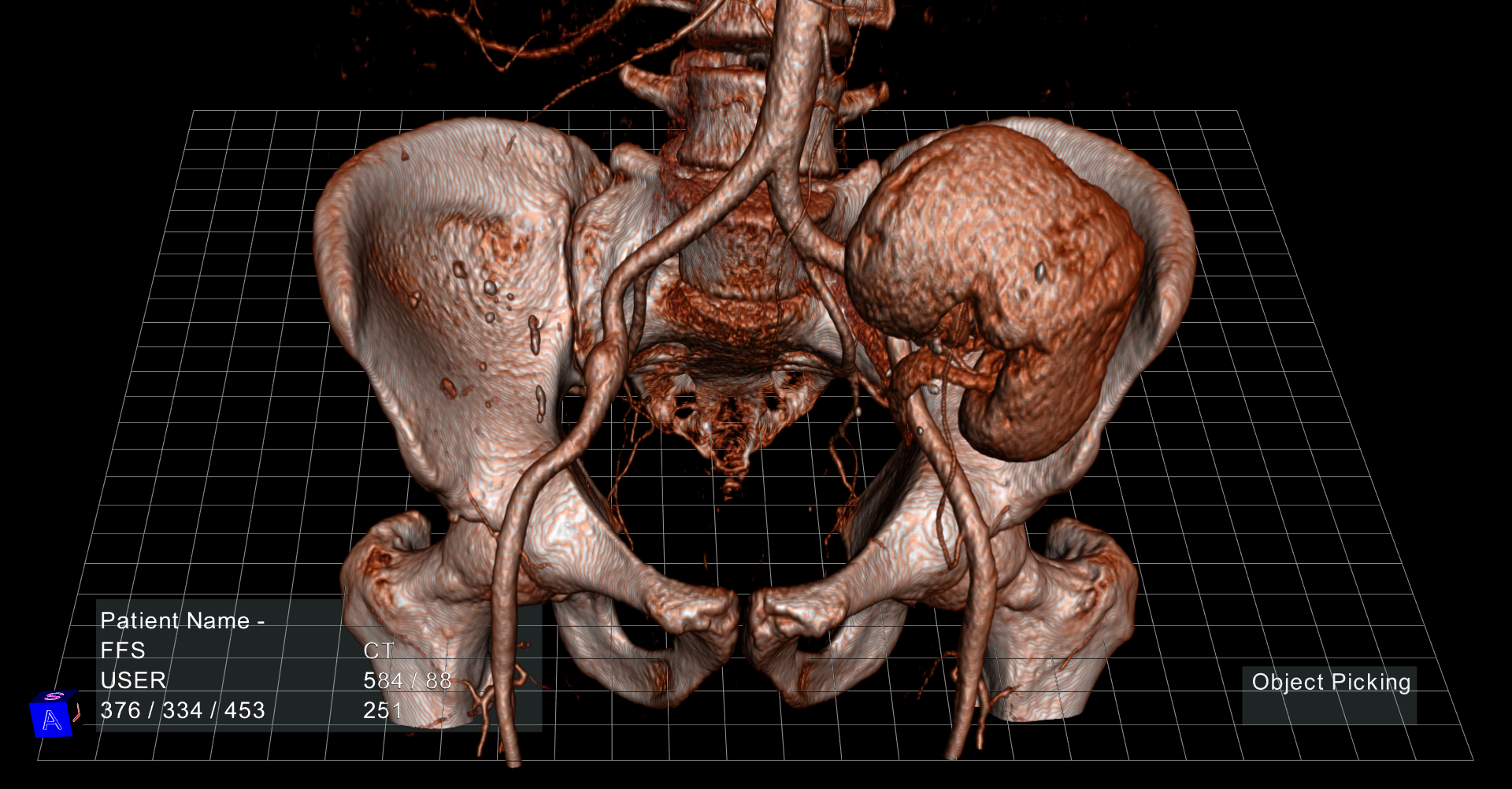Plenty of companies are trying to determine how to best leverage virtual reality and similar technologies to modernize healthcare. EchoPixel is somewhat unique in that it started on that quest from an outsider perspective.
“EchoPixel is my second company,” explains Sergio Aguirre, MSc, founder and CTO of EchoPixel. “My previous company focused on visualization systems for geographic information systems and oil exploration. But I was always curious about getting into the medical space. Once I discovered radiology, I decided to start EchoPixel.”
In Aguirre’s view, the healthcare community wasn’t taking full advantage of the data they already had on hand. Although imaging technology gathers information on anatomy that is best examined and understood in its complete form, most physicians look at scans in a 2D format.
Aguirre determined there was a better methodology, allowing the gathered data to be presented in 3D format, more accurately replicating what surgeons encounter when in a procedure. But Aguirre also understood he’d benefit from the insights of the healthcare professionals who’d be reliant on the tools he developed.

“We engage with clinicians and try to understand the clinical problems to great depths and try to understand how our technology can alleviate those problems,” Aguirre says. “Then we combine those things we come up with new ways for clinicians to visualize and interact with the data to make it more efficient and effective for them.”
Any notion that physicians aren’t tech-savvy is countered strongly by the experience of Aguirre and the EchoPixel team. They’ve found that healthcare professionals have a strong grasp of all the different possibilities, but pulling all the components together into a new, complete solution eludes them.
Of course, that’s where EchoPixel comes in.
“A lot of people think — and this is one of the things that doctors who are tech-savvy stumble upon — is that if only they had this hologram, they‘d be able to see everything; that’s not necessarily true,” Aguirre says. “You can incur data overload very quickly. CTs and MRI have an abundance of data. So, you need the right interaction tools to get to part of the data that you want.”
The EchoPixel software is designed to maximize the existing data to generate a 3D image that can be viewed above a flat panel monitor set horizontally or at an incline.
“Imagine lines coming out of each corner of a display that creates a cube on top of the flat panel,” says Aguirre. “And within that space you can load data from a PACS server or from whatever imaging repository the hospital has: CT, MRI, or ultrasound image data. The data is presented as patient specific 3D body parts.”
Once the 3D image is in front of the physician, they can use a stylus to interact with it.
“You can move around it and see around it,” notes Aguirre. “You can use a stylus to reach into that open 3D space and create cross-sections or measurements of the data or even take parts of the data out.”
This approach allows surgeons to examine the area they’ll be operating on before the patient goes under anesthesia. It can be precise enough — perfectly duplicating dimensions, size, and placement — to allow surgeons to extensively practice, developing muscle memory for the procedure before the patient is wheeled into the OR.
As an example, Aguirre recounts how the system might be used for a complicated heart surgery.
“Let’s say that you have a pulmonary valve replacement or they’re doing some pulmonary artery defect correction or even septal defects,” he says. “Instead of doing full sternotomy, they might want to do a partial sternotomy. So, what they do is they bring the data they have and put the patient in the same orientation and position they will have on the operating table. They use our stylus to define and edit the data of how that partial sternotomy is going to look like once they have the patient opened up.”
Surgeons can check that all the instruments will fit comfortably and anticipate other potential issues. They can also use the EchoPixel tool to make sure the entire surgical team has a complete understanding of the plan before the procedure gets underway.
For especially complicated procedures, surgical teams can even pause in the midst of their work to consult the EchoPixel imaging as confirmation they’re still on the right clinical path.

Aguirre believes that all surgeons should incorporate strategic use of medical imaging directly into their work. Too many hospitals, he notes, still rely on a structure that’s reliant upon radiologists analyzing imaging data and composing summaries for surgeons.
He also recognizes the inherent disconnect between most current imaging technologies and the needs of surgeons. He suggests EchoPixel is especially well suited to bridge that divide.
“The other reason these different surgical specialties are not necessarily utilizing medical images is because it’s not anatomically meaningful to them,” Aguirre says. “They were not trained to look at 2D images. We talk to surgeons about imaging and they say, ‘I never open a patient and see a 2D view which makes it very difficult to understand what exactly I should expect in the OR.’”
EchoPixel doesn’t just add a dimension; it provides a recognizable view of the patient. For surgeons, that is no small distinction.




